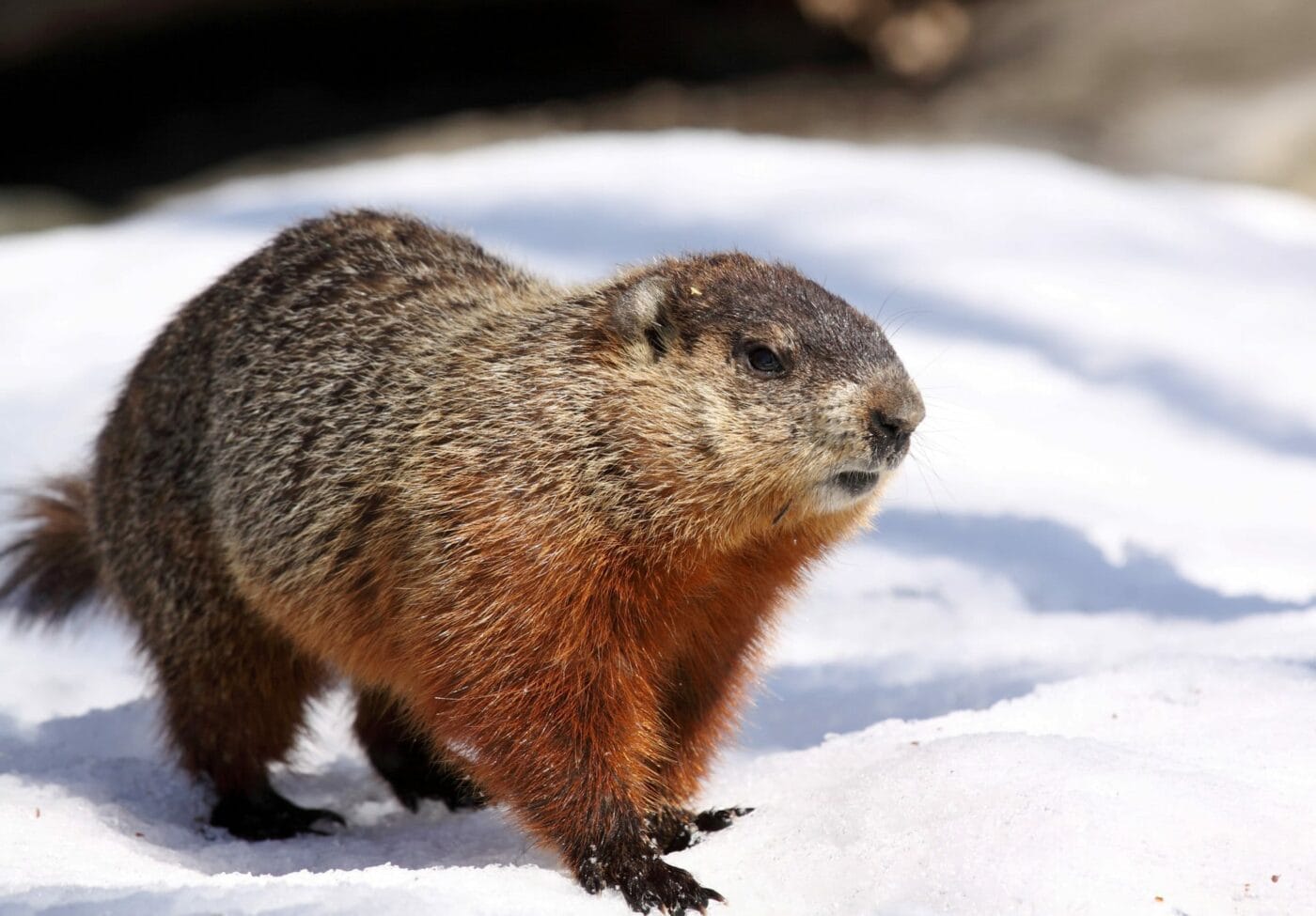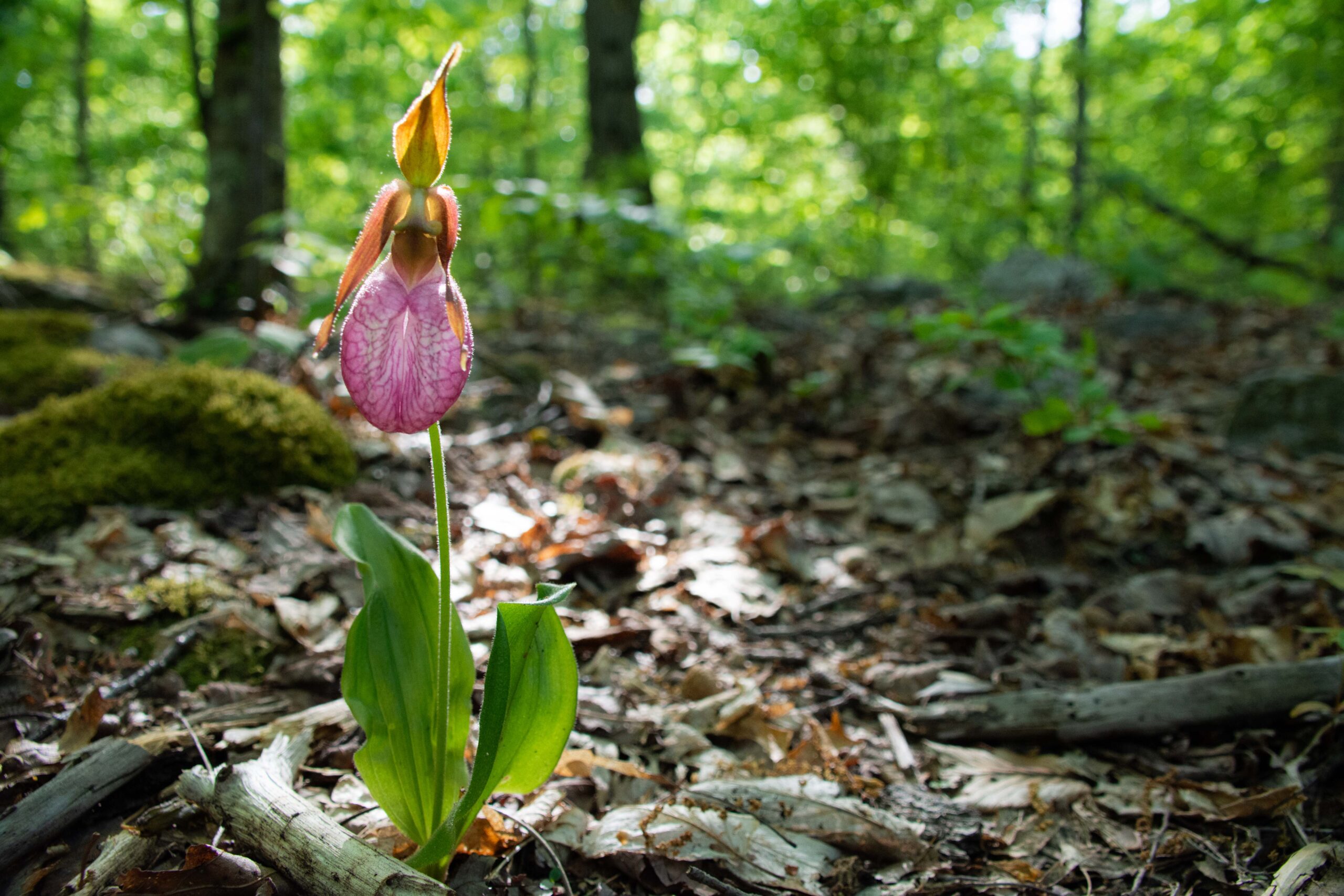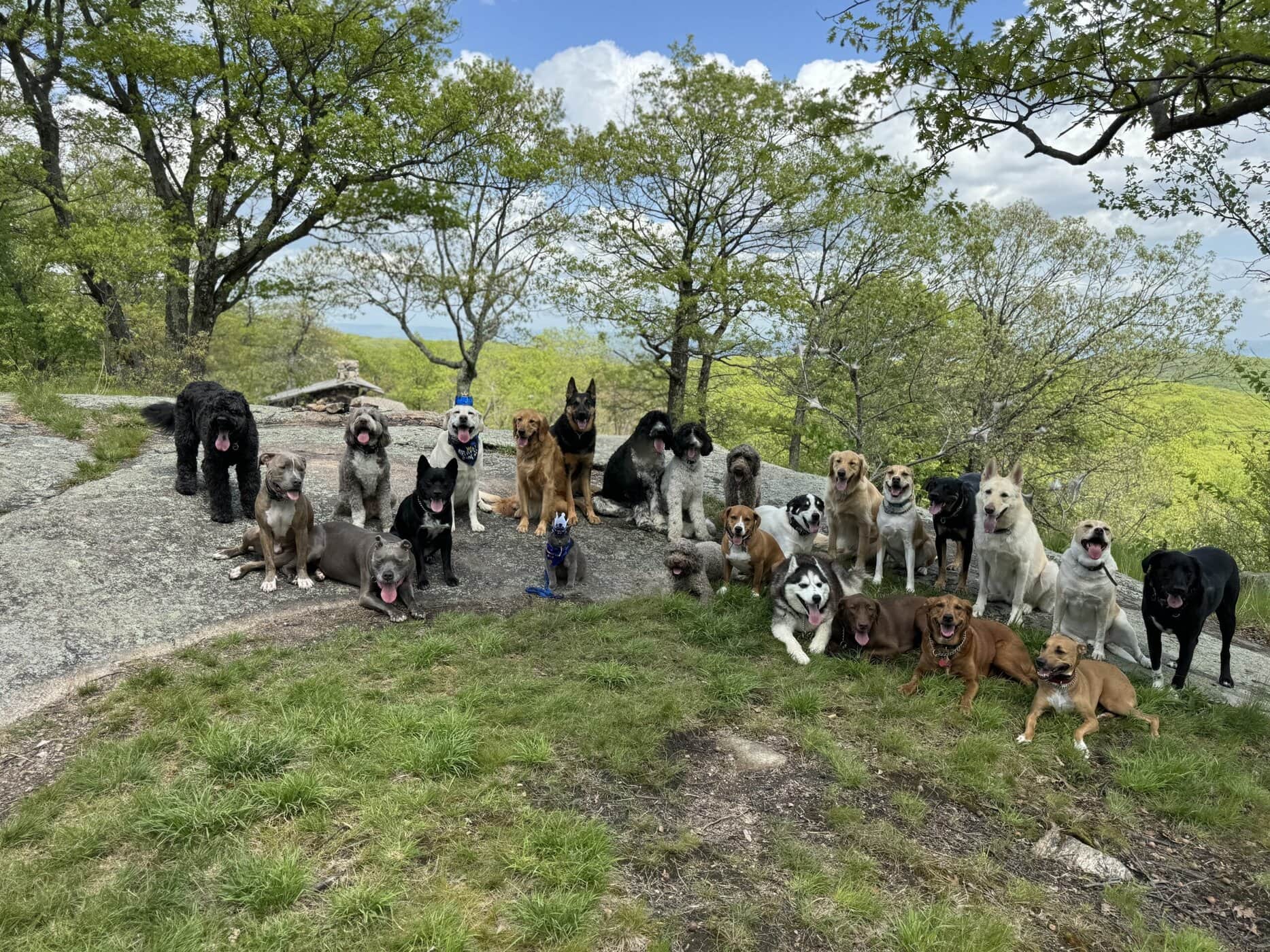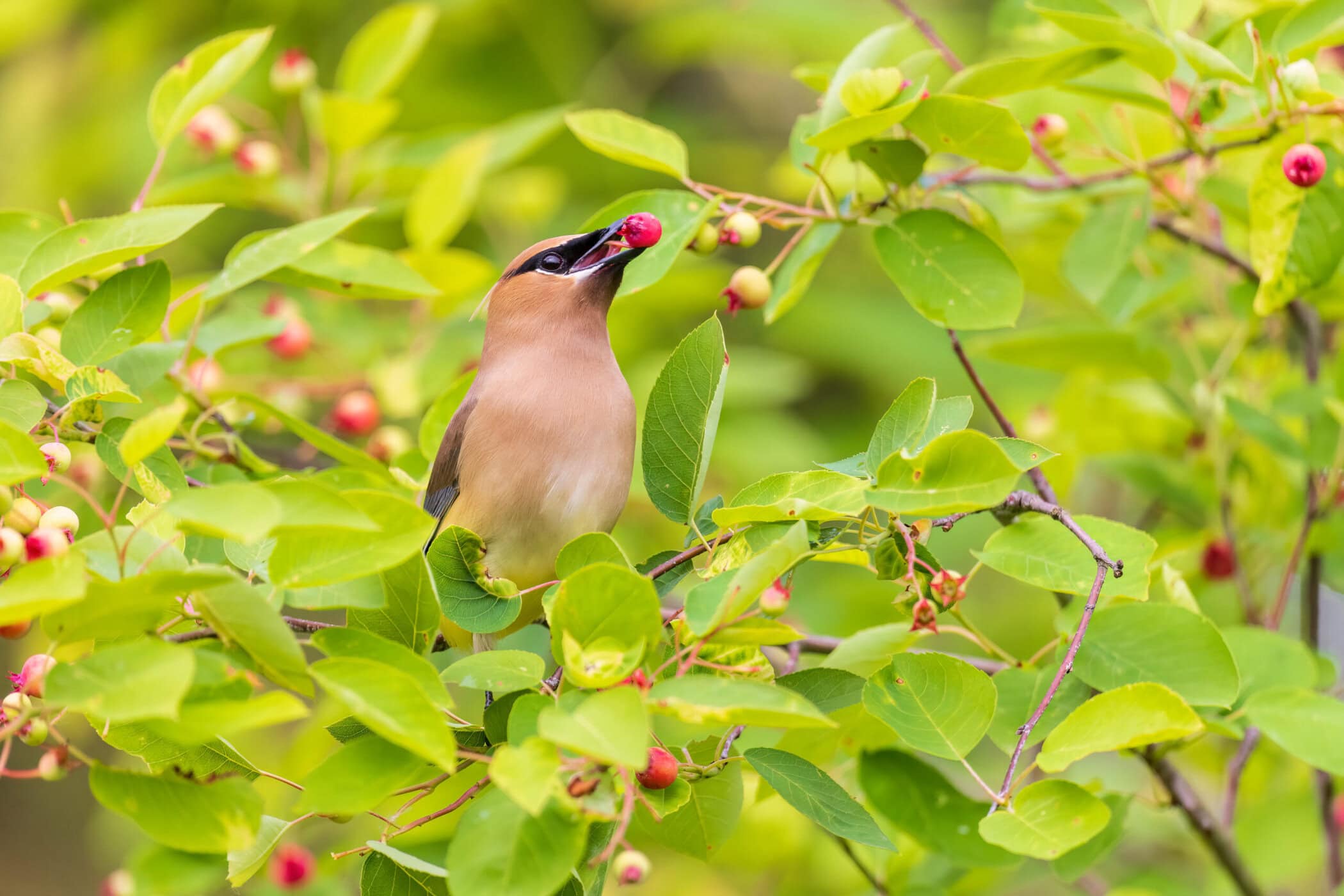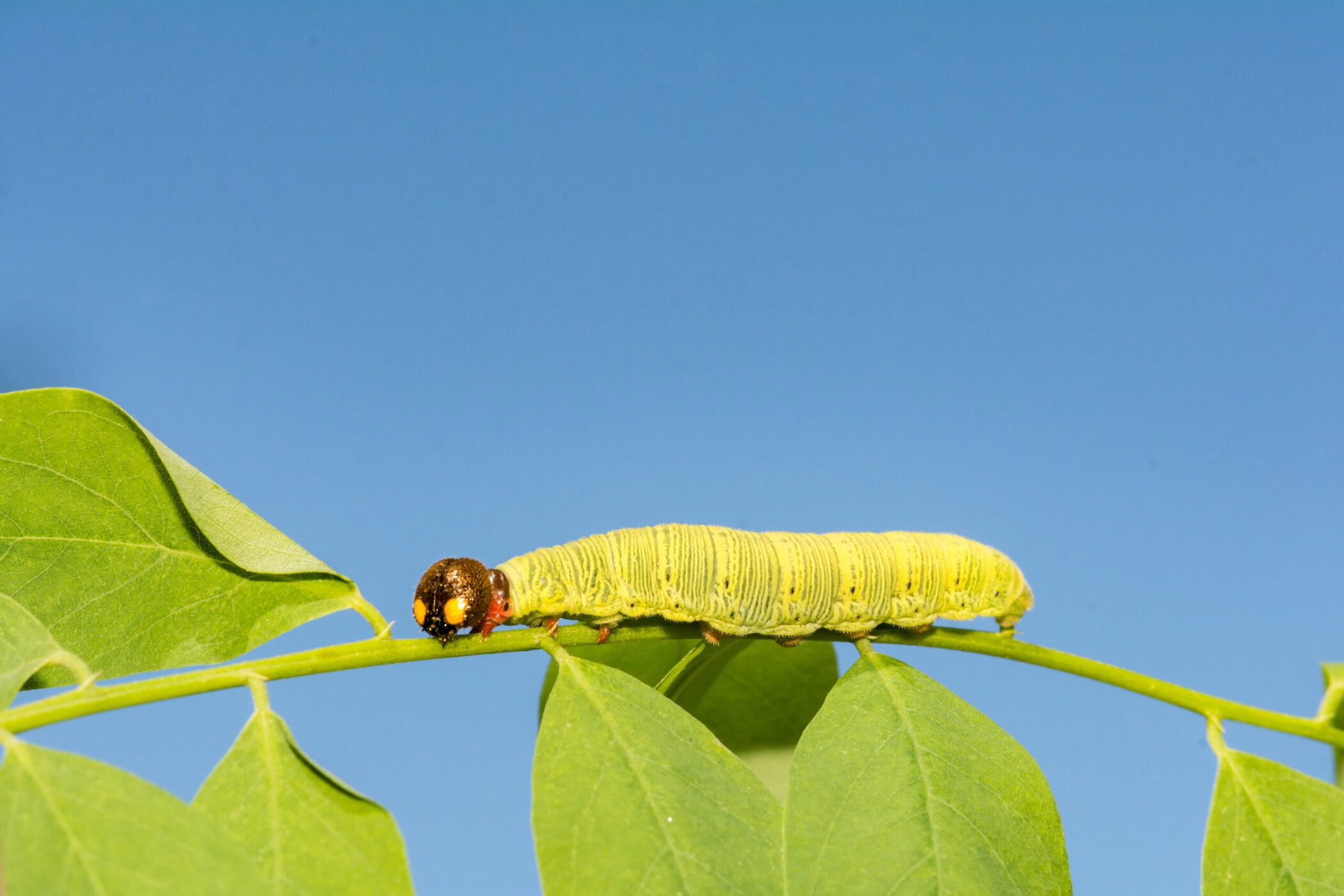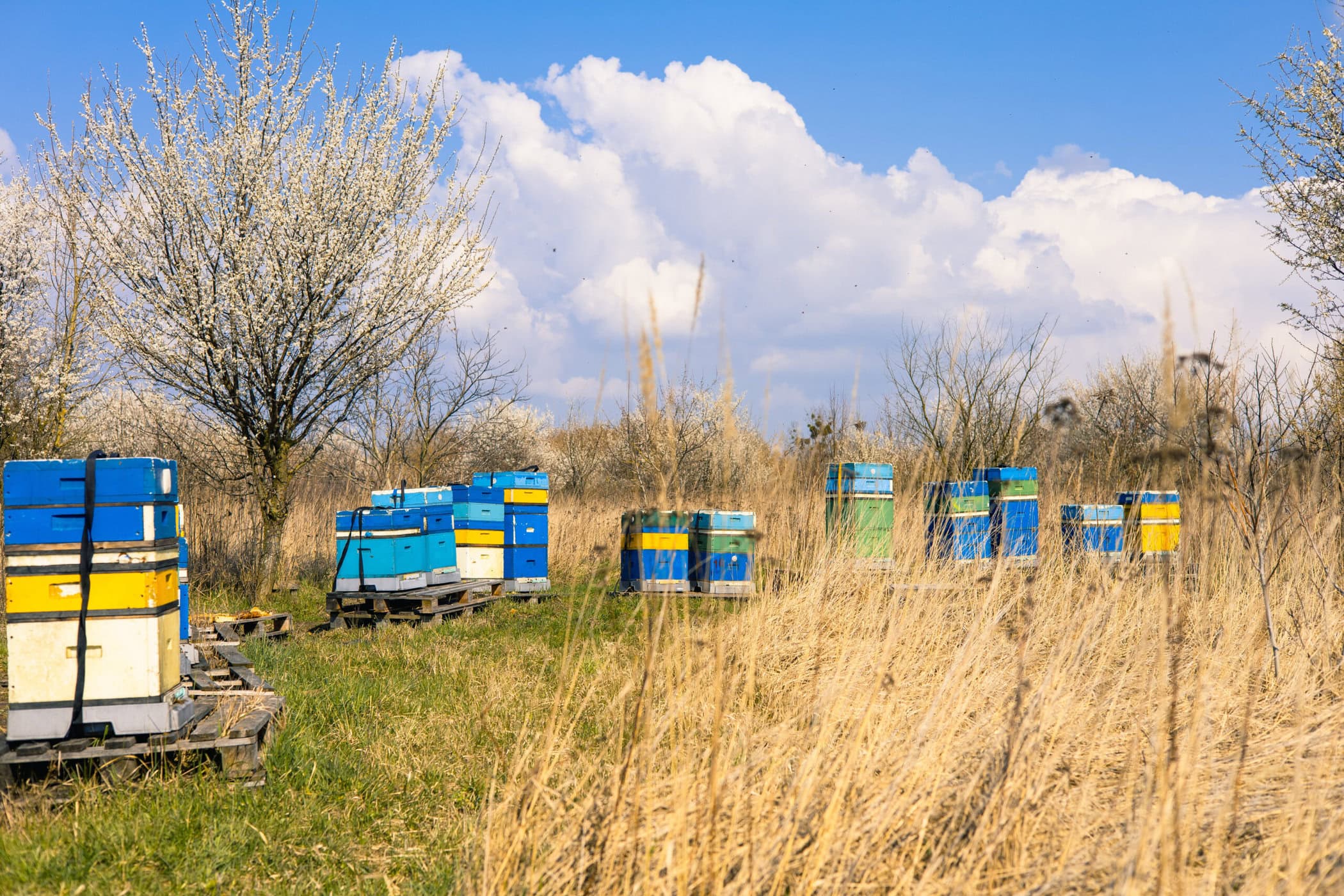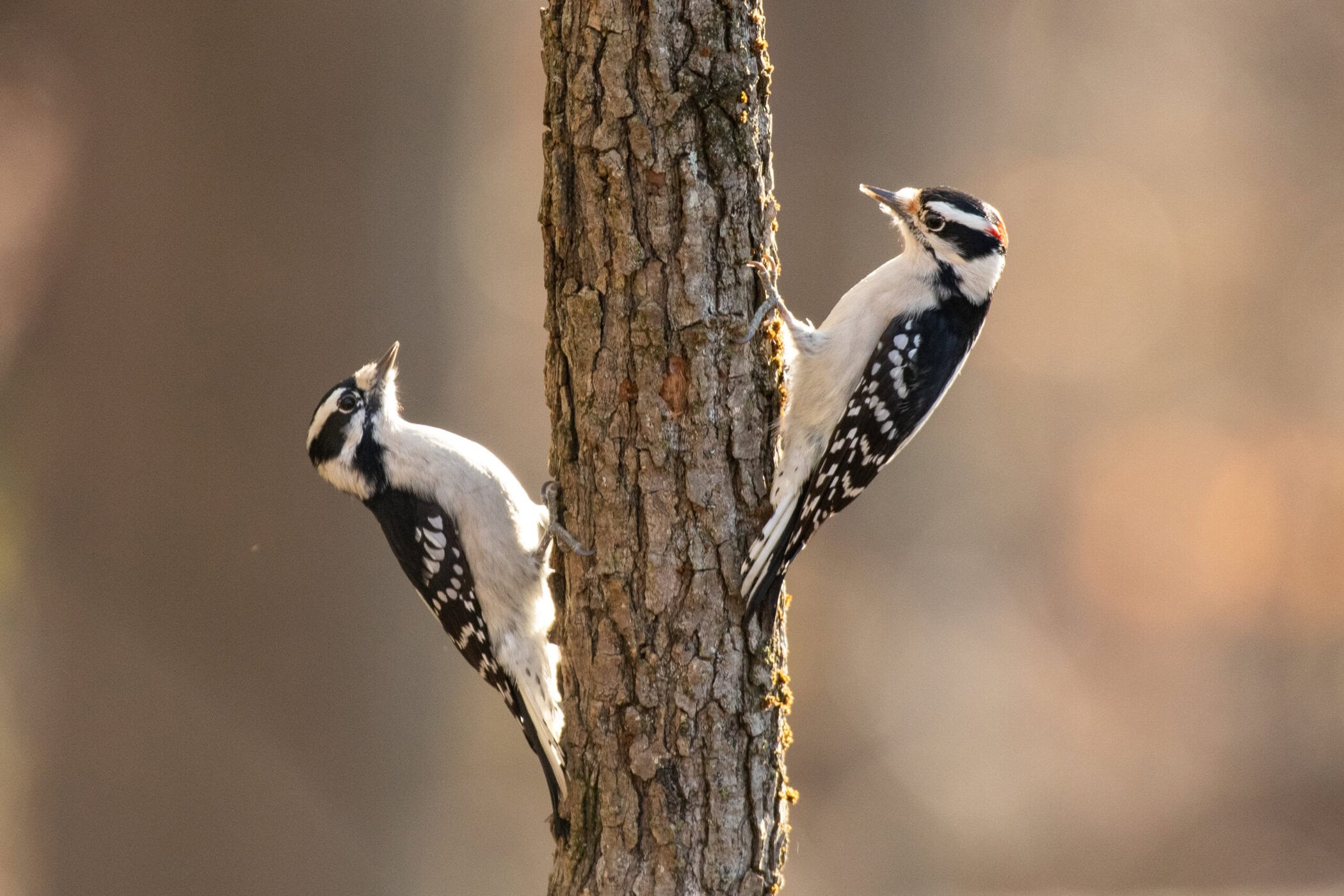Will he or won’t he? That will be the question on everyone’s mind on Feb. 2, Groundhog Day, when Punxsutawney Phil surfaces to check for sunshine and forecast the likelihood of spring’s early arrival. (As a reminder, legend has it that if he sees his shadow, winter will drag on for six more weeks.)
Phil may be America’s most famous groundhog, but he’s far from alone. There are some 200 million of these chubby rodents living beneath the eastern U.S. Check out some fascinating facts about them.
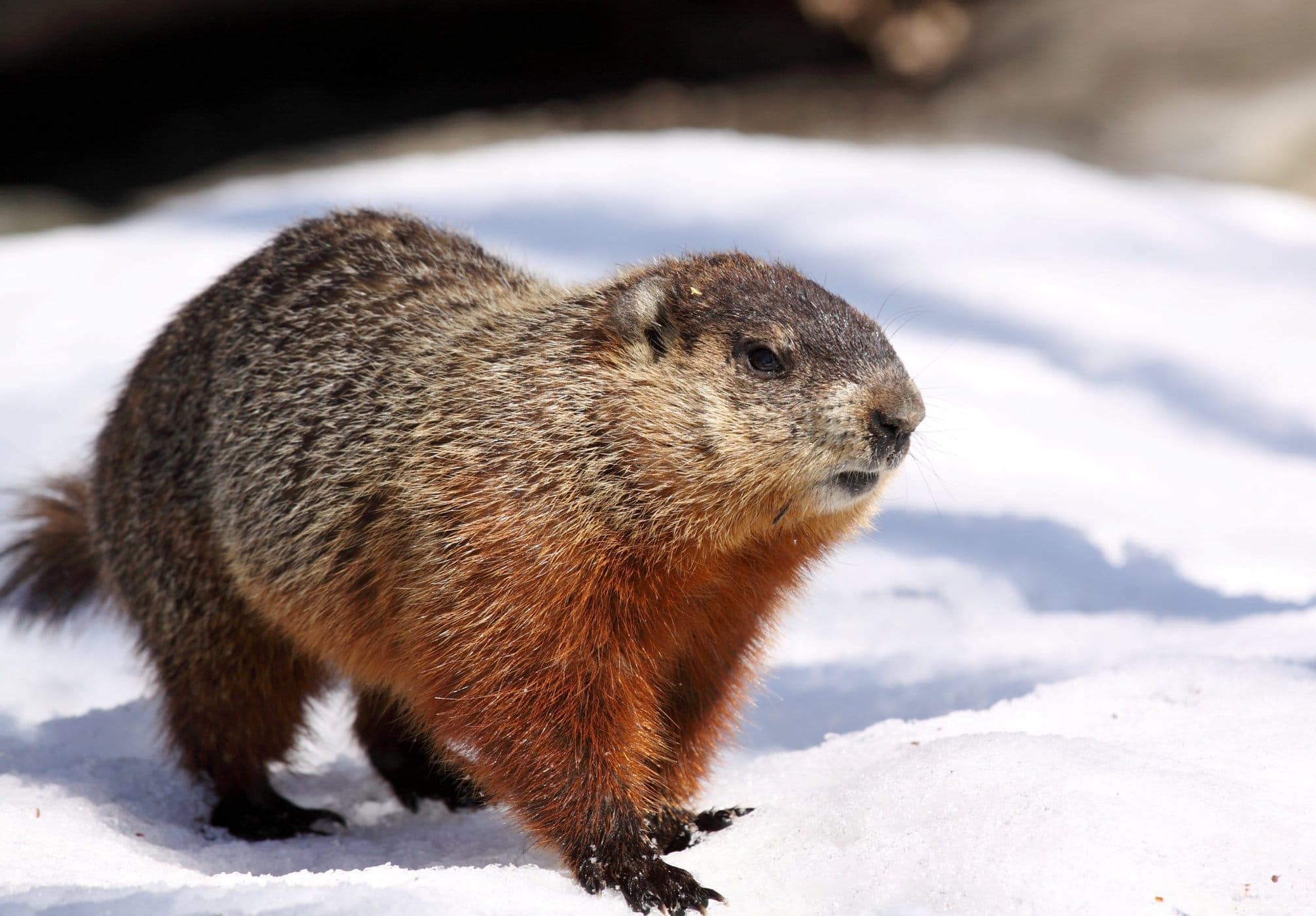
Groundhogs and woodchucks are the same thing — but they also have another surprising name. Unique to North America and the continent’s largest member of the squirrel family, they are rodents. They’re also called whistle pigs, because of the shrill call they emit to warn fellow groundhogs when danger approaches.
Indigenous people made soles of moccasins out of groundhog hides. Fortunately for the animals, colonists didn’t find their fur particularly thick or warm, meaning it never became a prized commodity like the pelts of beavers, which were trapped nearly to extinction. Today, fly-fishing enthusiasts covet woodchuck hair. Its varied shades of brown, black, and white, coupled with its suppleness, make it perfect for creating insect lookalikes that prove very attractive to hungry trout.
Groundhog Day is based on an ancient German tradition. To celebrate the February 2 religious holiday of Candlemas, when churches distributed candles to light families through the winter, Germans relied on the shadows of badgers to predict the season’s length. When recreating the tradition in America’s Northeast, where badgers don’t live, woodchucks were deemed a suitable alternative.
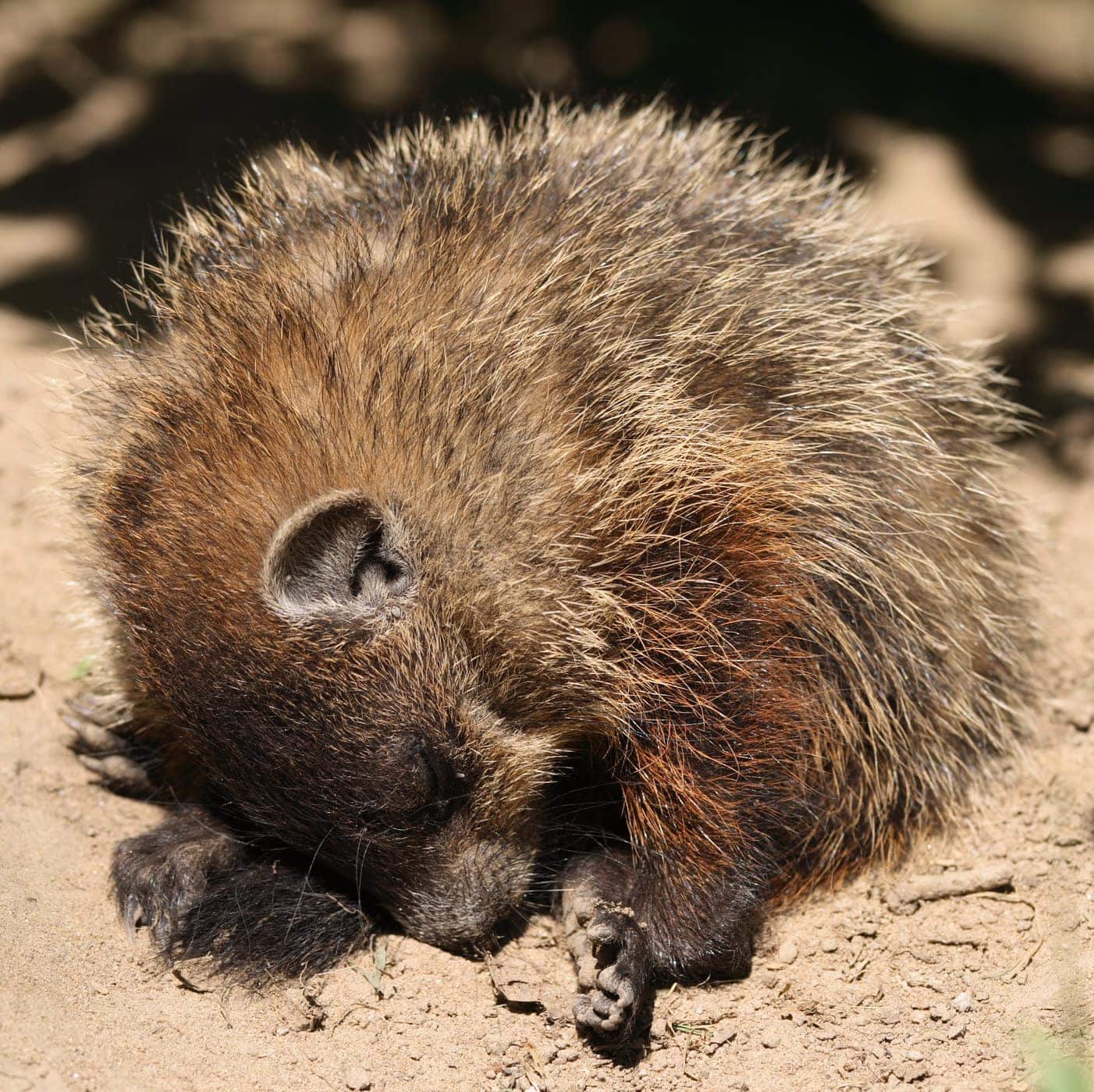
Punxsutawney Phil isn’t terribly accurate. Records kept since 1887 indicate that the animal has made the right prediction only 39% of the time. Still, this compares favorably with meteorologists, whose 10-day forecasts hit the mark only about half the time.
Groundhogs don’t eat wood, although they do gnaw on it occasionally. The animals’ name comes from the Algonquin word wuchak, meaning “digger,” which sounded like “woodchuck” to the ears of early colonists. However, biologists at Cornell University have estimated that if woodchuck burrows were filled with wood, the creatures would have to “chuck” 700 pounds’ worth to create their tunnels.
Their teeth never stop growing. In fact, if left on their own, they would increase in size about 1/16 of an inch each week. That’s one reason the animals are perpetually munching food, so their ever-expanding incisors grind against each other and remain at the optimal length of four inches.
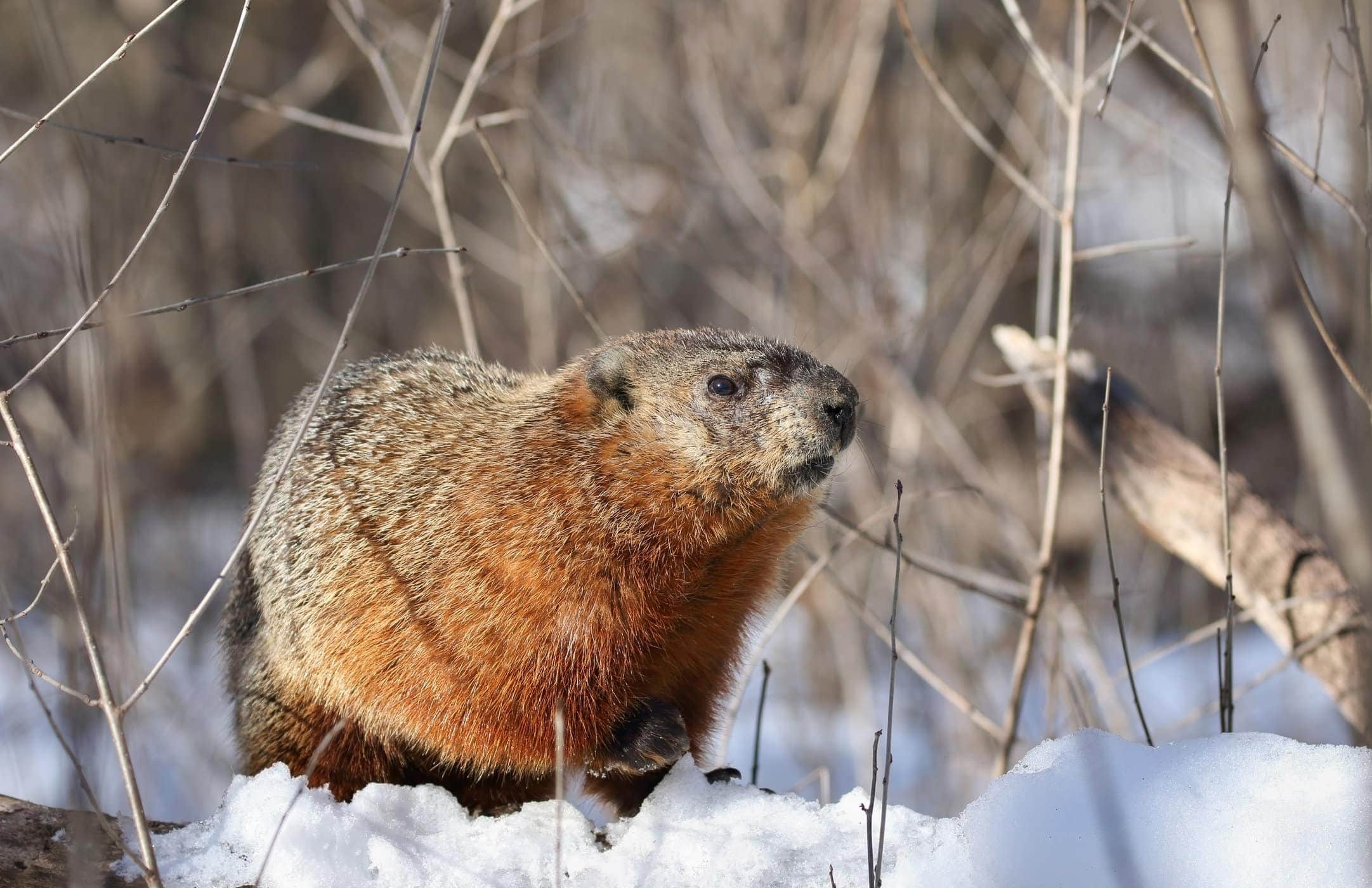
Groundhogs are built for digging. Their short, powerful legs and sharp claws are tailor-made for scooping out soil. Meanwhile, the fur over their ears prevents dirt from penetrating and keeps their hearing intact.
Their burrows can reach up to 30 feet in length. To dig these underground lairs — which can be 20 feet wide in places — groundhogs excavate as much as three tons of dirt. Their burrows feature up to five access points, providing nearby means of escape if predators (such as hawks, foxes, and coyotes) appear. This is critical since groundhogs can only reach maximum speeds of about 8 mph (fast enough for a human jogger, to be sure! — but not nearly as fast as their predators can run).
Groundhogs spend almost all of their time eating or sleeping. During warmer months, they munch on seeds, nuts, tree bark, fruits, and grasses. They take in around a pound of food each day to prepare for winter, when they hibernate for up to five months. Thanks to groundhogs’ amazing ability to slow their metabolism — taking only two breaths per minute compared to 16 when active, and slowing their heart rate from 80 beats per minute to five — they lose only about a quarter of the pounds they’ve packed on.
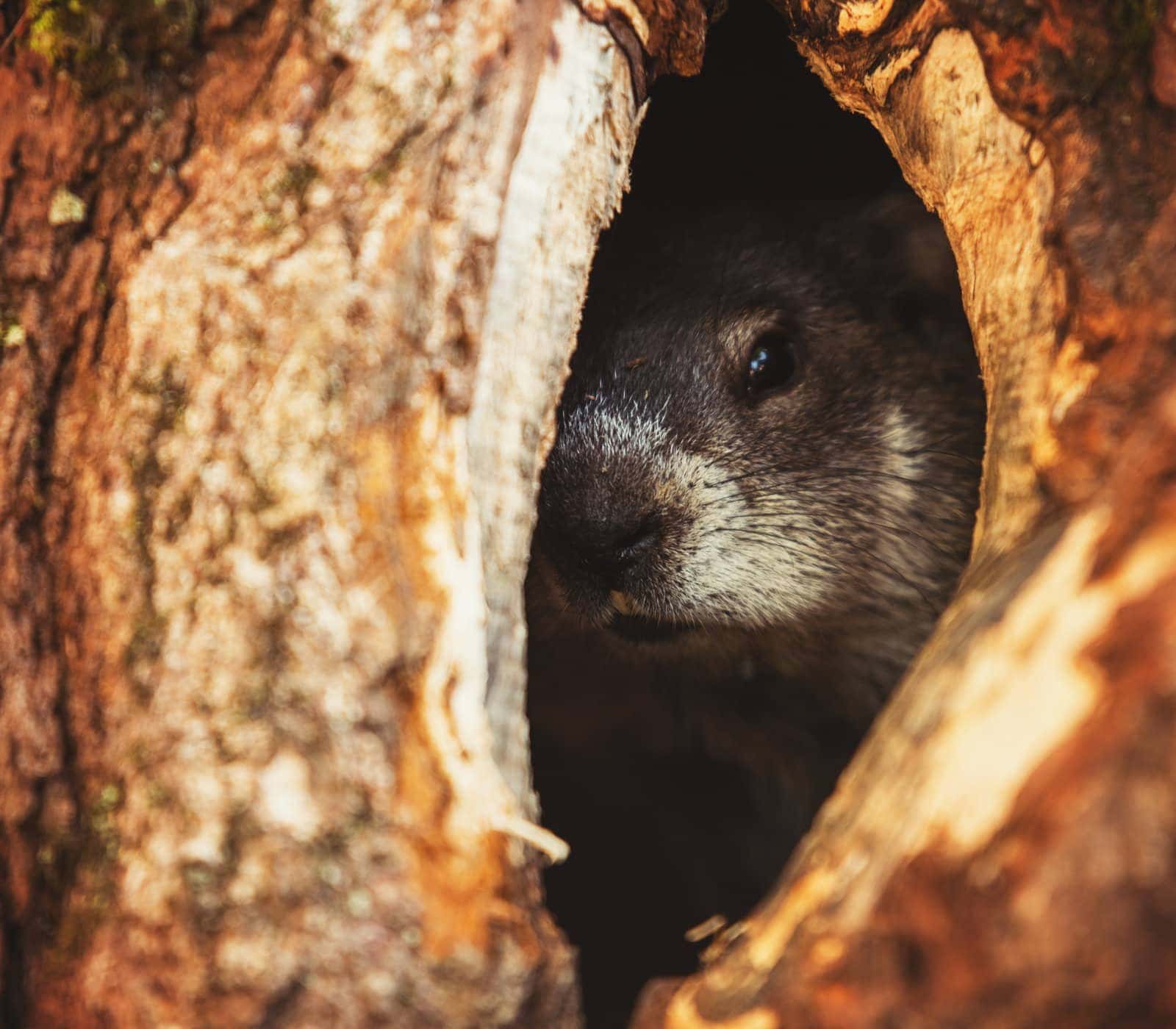
They are solitary. Males seek companionship only to mate, and then return alone to their burrows. It takes their offspring, born blind and hairless, only three months to mature. Then they scamper off to dig their own bachelor (or bachelorette) pads.
Not everyone thinks groundhogs are cuddly. Because of their prodigious appetite and taste for most anything plant-based, they cause enormous damage to crops (peas, beans, and alfalfa are food faves) and orchards (yes, they climb trees). A Pennsylvania farmer estimates that each year a groundhog couple and their no more than half-dozen offspring polish off a quarter-acre of his soybeans. In backyards, they wreak havoc on foundations and retaining walls, not to mention flower and vegetable beds.
But it’s one of the few rodents frequently referred to by theologians and economists. That’s because it appears in the title of the movie Groundhog Day. According to the Atlantic, the 1993 Bill Murray cult classic has been interpreted as an allegory for ethics, religion, self-help, psychoanalysis, economic theory, and beyond.


